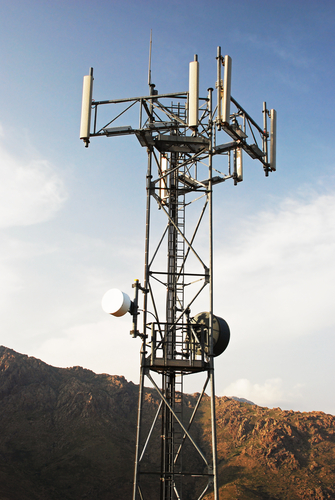Whether Long Term Evolution will be a major alternative to fixed broadband in rural areas remains to be seen. But AT&T and Verizon clearly believe LTE is a viable platform for rural broadband service.
That isn’t the only potential “game changer” that could develop in rural broadband markets in 2014 or 2015, either. With the Federal Communications Commission starting to take a look at how to regulate IP networks, any number of revenue and cost-related elements of telecommunications could change.
You know the litany: intercarrier compensation, high cost support, universal service, carrier of last resort obligations.
As always, such changes potentially affect the fortunes of various contenders in rural markets. Sometimes it is easy to focus on the obvious implications for rural and independent telcos, the tier-one carriers and mobile service providers.

Image via Shutterstock
But such changes will also change the market opportunities and dangers for all other contestants as well, including wireless ISPs, satellite broadband and competitive local exchange carriers.
Consolidation is one of the changes we might start to see. If rural service providers merge at a significant rate, which is what many expect, the survivors might emerge as stronger competitors.
On the other hand, the future role of the fixed network is also something of an open question. How widespread will the obligation to provide fixed network service be, in the future? What services will characterize and match the unique attributes of a fixed network?
And will customers readily adapt to high-bandwidth mobile networks as viable substitutes? If not, and consumers sense their fixed network providers are pulling away, will other contenders be able to take more market share?
We probably won’t even start to see the framework changes, in outline, until well into 2014. But the basic competitive assessments will be relatively easy to make. High-quality communications services in rural markets are often difficult to provide for any number of fundamental economic reasons.
Revenue opportunities are limited and the ability to share overhead costs is minimal. That means costs are an issue, always. Any additional revenue or cost stress is going to cause asset sellers to emerge.
But major mobile providers also have reason to believe that a shift of technology platforms could change the cost dynamics in a significant way, as well. That is why there is serious belief that Long Term Evolution 4G networks might be a workable way to quickly upgrade levels of broadband service in rural areas.
Oddly enough, that means one could as easily make an argument that rural telcos will become stronger competitors, at the same time tier-one telcos become stronger competitors, as one can make the argument that new potential opportunities will emerge for all other rivals (satellite, fixed wireless, CLEC).
And both trends might emerge together: Tier one providers using LTE might offer significantly better broadband options for some customers, while independent telcos are able to shore up their positions as well, by gaining scale, if for no other reason.
At the same time, some customers might find, for logical reasons, that LTE does not meet their needs, spurring a more determined search for alternate providers.
Other customers might find that LTE does better to meet their needs, compared to the satellite or fixed network broadband options available to them, and accelerate churn activity. And we might see, maybe for the first time, a clear segmentation of access options.
Where available, cable high speed access might be the best choice for multi-user households that stream lots of video, and therefore need both speed and big caps. Where cable is not available, fixed wireless might become more attractive.
Users who want “speeds faster than my local DSL,” but using relatively low amounts of bandwidth, might turn to LTE. Customers with low or moderate bandwidth consumption, and low to moderate speed requirements, might choose satellite.
Customers with moderate consumption, and moderate to high-speed requirements, might opt for fixed wireless, even where cable is available, for price reasons.
Mobile-only might become more attractive for smaller or single-person households. In such cases, the overall cost of using LTE for mobility and broadband are the best choice, in terms of overall cost and features.
There is, in other words, no easy way to determine, everywhere, and for classes of customers, how the competitive dynamics will shift.
Edited by
Brooke Neuman  QUICK LINKS
QUICK LINKS